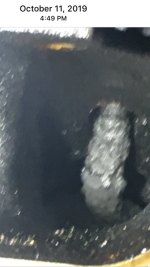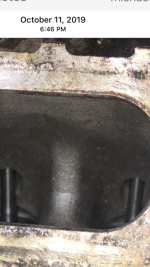As the title says, I will be attempting to clean the intake valves this weekend prior to fitting a new fmic and charge pipe, and remapping.
There are plenty of youtube vids online, I've found what looks like a good one for a 335i that shows all of the steps, but was wondering if anyone here has done it and can offer any tips that might help save me any pain/frustration?
I will be using the CRC intake cleaner - have one can, hopefully this will be enough.
What method do you use to move the valves into the closed position? The video looked a bit sketchy using a wire across the starter motor but if this is the normal method I guess it will do. Also, it seems like a good idea to remove the spark plugs as well, to blow out any residue after cleaning (and removing as much as possible) rather than letting it fall into the cylinders, but the video only mentioned this after he found wet plugs post clean.
I tried to get this done professionally but wasn't happy with what was on offer (I think it was that hydrogen clean which reviews seem to show doesn't do a thorough job). No one does walnut blasting that I could find.
Thanks.
There are plenty of youtube vids online, I've found what looks like a good one for a 335i that shows all of the steps, but was wondering if anyone here has done it and can offer any tips that might help save me any pain/frustration?
I will be using the CRC intake cleaner - have one can, hopefully this will be enough.
What method do you use to move the valves into the closed position? The video looked a bit sketchy using a wire across the starter motor but if this is the normal method I guess it will do. Also, it seems like a good idea to remove the spark plugs as well, to blow out any residue after cleaning (and removing as much as possible) rather than letting it fall into the cylinders, but the video only mentioned this after he found wet plugs post clean.
I tried to get this done professionally but wasn't happy with what was on offer (I think it was that hydrogen clean which reviews seem to show doesn't do a thorough job). No one does walnut blasting that I could find.
Thanks.

 ), I shall follow your advice. Thanks
), I shall follow your advice. Thanks 
